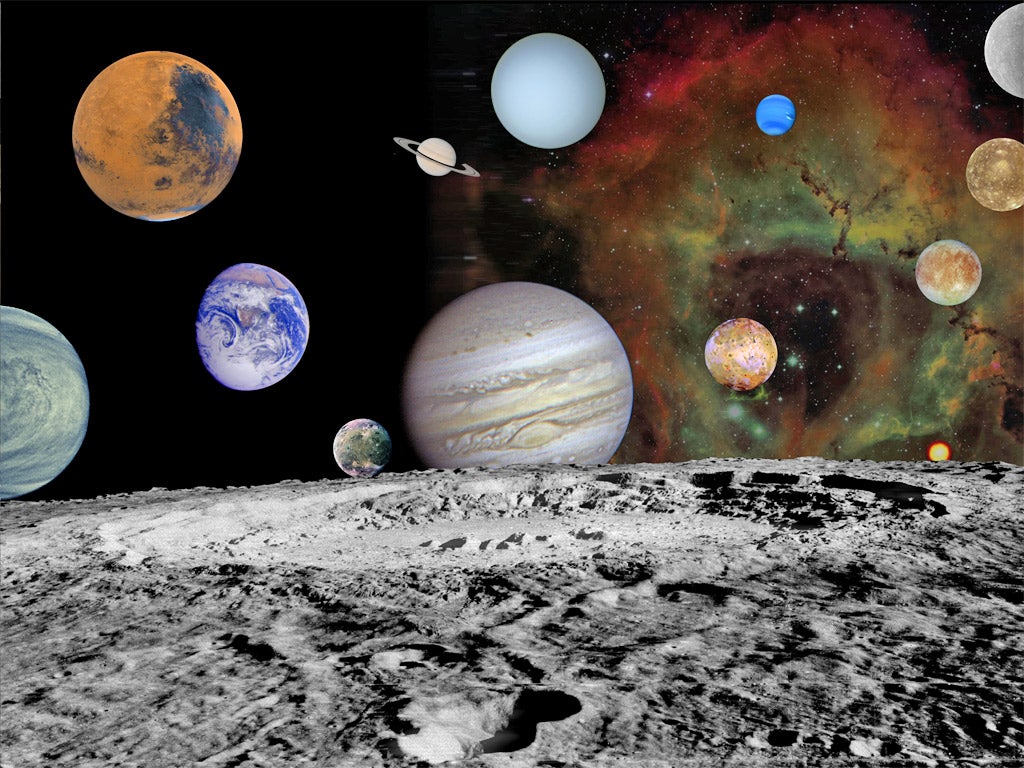Journey into the uncharted voids of the Milky Way
Nasa's Voyager 1 spacecraft is about to become the first man-made object to leave the Solar System

After a voyage lasting more than 34 years, a spacecraft that has travelled further than any man-made object is on the verge of leaving the Solar System and entering the mysterious region of interstellar space, where nothing terrestrial has gone before.
Click HERE to view graphic
Scientists at the US National Aeronautics and Space Administration (Nasa) said that the Voyager 1 space probe, which has travelled about 11 billion miles since its launch in 1977, has entered the cosmic equivalent of the doldrums, where the high-speed solar winds die down at the very edge of the Solar System.
Voyager 1, launched within weeks of its twin probe,Voyager 2, was originally designed to explore Jupiter and Saturn. After making a string of important observations, such as active volcanoes on Jupiter's moon Io and the intricacies of Saturn's rings, the mission was extended. Voyager 2 went on to explore the faraway planets of Uranus and Neptune.
However, long after the official planetary missions ended, both spacecraft continued to plough through the farthest regions of the Solar System, while maintaining radio contact with mission control through its Deep Space Network.
Nasa expects that within the next few months – or possibly years if margins of error are taken into account – Voyager 1 will finally leave the Solar System for good and begin its journey through the vast void of interstellar space that comprises most of the Milky Way galaxy. Voyager 2 – travelling not far behind – will follow suit.
Scientists at Nasa said that over the past year, Voyager 1 had entered a kind of "cosmic purgatory" where the wind of electrically charged particles streaming from the Sun has calmed.
Both spacecraft are now in a region known as the "heliosheath", the outermost layer of the Solar System, where the solar wind, which can travel 16 miles per second, is being slowed down by the rising pressure of interstellar gas. Nasa scientists believe this indicates the imminent entry of Voyager 1 into the interstellar region, which is dominated by another kind of magnetic wind coming from a different direction of deep space.
"Voyager tells us now that we're in a stagnation region in the outermost layer of the 'bubble' around our Solar System. Voyager is showing that what is outside is pushing back. We shouldn't have long to wait to find out what the space between the stars is really like," said Ed Stone, Voyager project scientist at the California Institute of Technology in Pasadena.
Nasa changed the orientation of Voyager 1 four times this year to see whether the solar wind and magnetic field lines had switched direction. Data released at the American Geophysical Union meeting in San Francisco shows the magnetic field lines have not changed, indicating that Voyager 1 is still just within the "heliosphere", the magnetic bubble of charged particles created by the Sun.
"We have seen the same east-west direction of the magnetic field since we launched. That's the solar magnetic field. Once we leave the heliosphere we will enter the magnetic field of the galaxy and all the data to date suggest that this field is orientated more north-south," Dr Stone told the meeting.
The final frontier: Between the stars
* The English philosopher Francis Bacon appears to have been the first person to attempt to describe the space between stars when he wrote in 1626 about the "interstellar skie".
* In the 19th century scientists postulated an invisible luminiferous ether between the stars that allowed the transport of light. It is now known that electromagnetic waves, whether cosmic rays or light in visible wavelengths, can travel through interstellar space without the need for a physical "ether".
* Astronomers today talk about an interstellar medium that fills the void between stars. Rather than a complete vacuum, consists of about 99 per cent dust and 1 per cent charged particles or ions, but in incredibly low densities. Cosmic rays from deep space fill the void.
Subscribe to Independent Premium to bookmark this article
Want to bookmark your favourite articles and stories to read or reference later? Start your Independent Premium subscription today.

Join our commenting forum
Join thought-provoking conversations, follow other Independent readers and see their replies